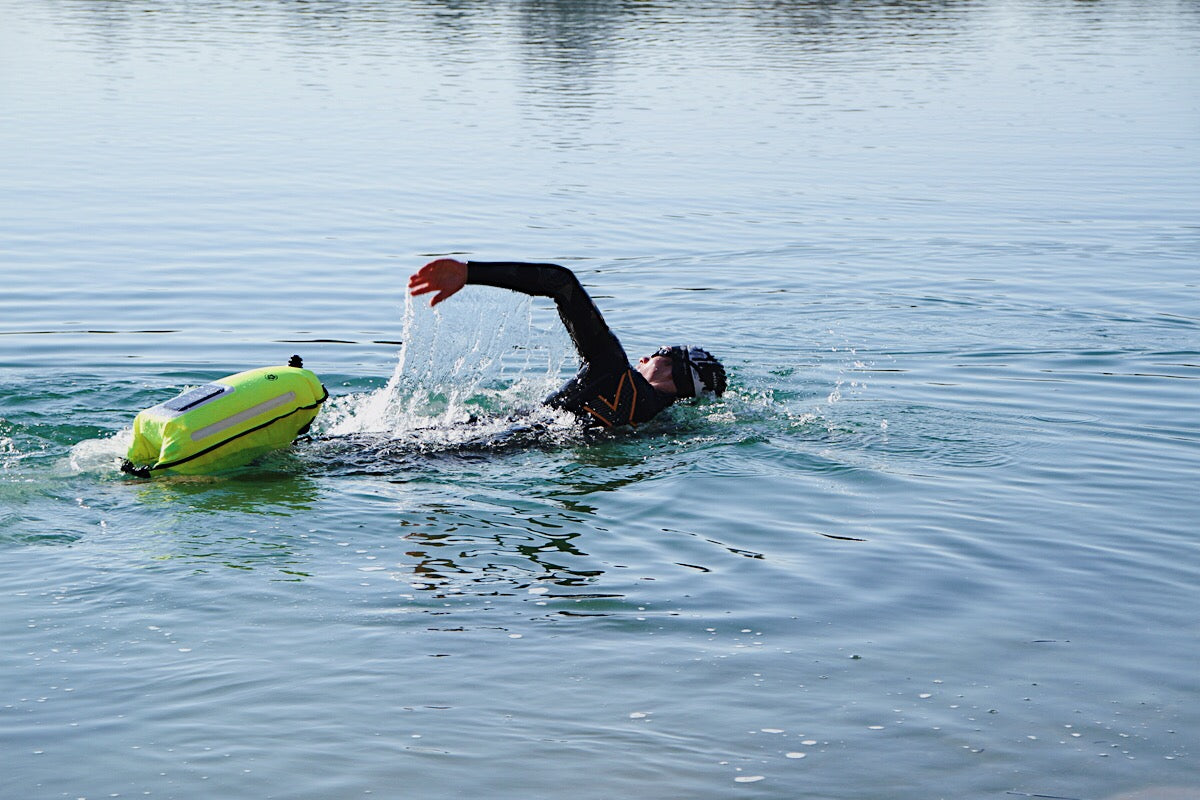A detail with a lot of influence. Few people are aware that the adjustment of the cleats is of crucial importance for the rider. An inaccurate or incorrect position can lead to discomfort and even injury. You can read here whether the positioning at the front, in the middle or at the back has an effect on the power transmission.
The correct positioning of the cleats/cleats under the cycling shoes can have a performance-enhancing effect. With most pedal systems, the cleats can be individually positioned in three levels (front/back, left/right and rotation). The aim of this positioning is to enable efficient power transmission to the pedal.
Everything the same?
Optimum efficiency is achieved when the metatarsophalangeal joint is located exactly over the pedal axis. The forces from the leg and hip muscles are transmitted directly to the pedal via the joint axes. However, studies from cycling showed that positioning the cleats a little further back has a positive effect on leg loading.
Two Swedish scientists have now checked whether this is also beneficial for the triathlete for cycling and subsequent running. The subjects had to complete a 30-minute bike ride followed by a 5km run - once with cleats in the traditional position and once with cleats positioned further back. The results, however, show no difference in the load during cycling and in the run time achieved. Only the running pace on the first kilometer was different. Surprisingly, the traditional position was 2.1% better here on average.
Conclusion
Moving the cleats backwards has no effect on performance, at least over the sprint distance. In fact, a more traditional cleat position should be chosen.
The specialists from the form curve not only ensure the correct cleat position. They also put you perfectly on the bike!




















